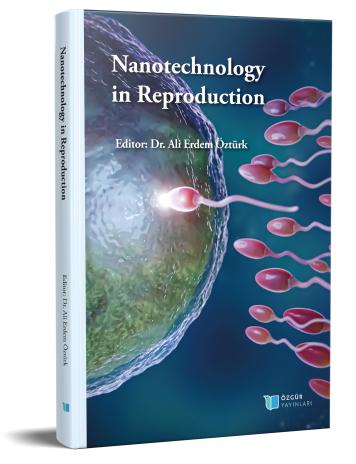
Nanotechnology in Reproduction
Synopsis
Advancements in technology and science have facilitated the development of various materials for use in different industries. These materials can range from large sizes to even nanometer dimensions. Nanomaterials or nanoparticles, which fall within the size range of 1 to 100 nanometers, have emerged as a prominent aspect of nanotechnology. Nanotechnology, known as one of the fastest-growing technologies today, has found applications in a wide array of fields such as health, energy, metallurgy, physics, chemistry, and engineering.
Nanomaterials can be produced using diverse methods, including chemical synthesis and the utilization of biological structures. Biocompatible nanomaterials, as they are commonly referred to, have particularly found significance in the medical science, including applications in oncology, tissue engineering, and drug delivery. While certain areas have made remarkable progress in terms of nanobiotechnology, there are other areas that are comparatively new to the realm of nanotechnology.
Reproductive biotechnologies are among the fields that are slowly and cautiously exploring the use of nanomaterials. Similar to a baby's crawling, progress in this field is being made gradually, and each day brings forth surprising developments through ongoing studies.
In this book, which is prepared for our esteemed readers, the uses of nanotechnology in reproduction have been compiled. It covers various bioengineering studies and explores its functions in embryo manipulation, semen purification, infertility treatments, as well as the effects of different nanomaterials on mammalian semen and aquatic organisms. I would like to express my gratitude to all my colleagues who have contributed to this book, aimed at explaining the applications of nanotechnology in reproductive biotechnologies.
With the expectation that it would be beneficial to the scientific community...
Assist. Prof. Ali Erdem ÖZTÜRK

